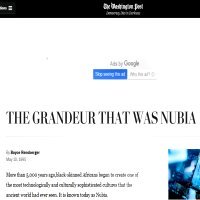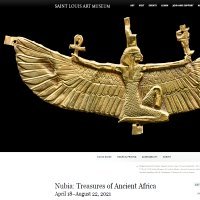Discover astounding Nubian Inventions and Developments
The Nubian Complex, Use of Fire, Rafts, Reed weaving, Ropes, Hunting and fishing, First settlements, Agriculture, Irrigation, Pottery, Rock art, Astronomy, Trade, Mining, Construction, Protection of Nature, Medicine, Mathematics, Sources































































































































































